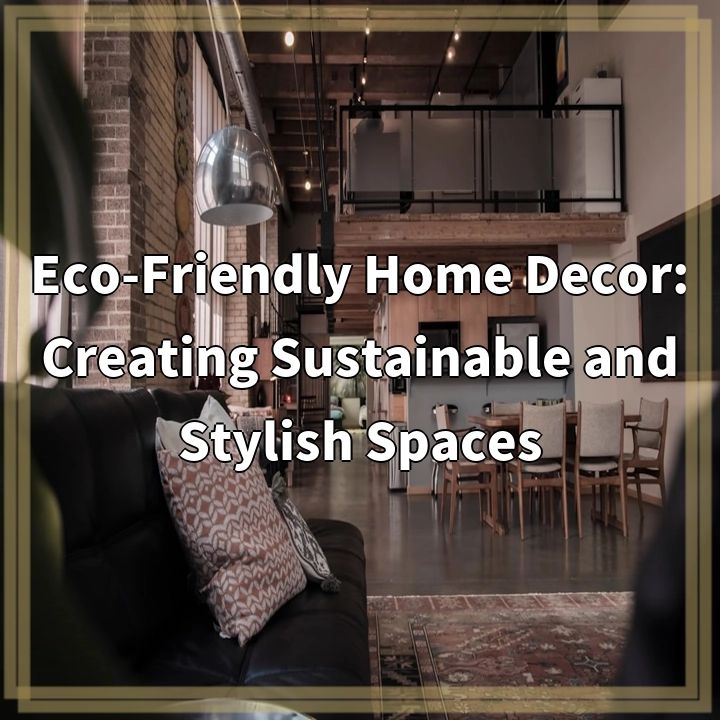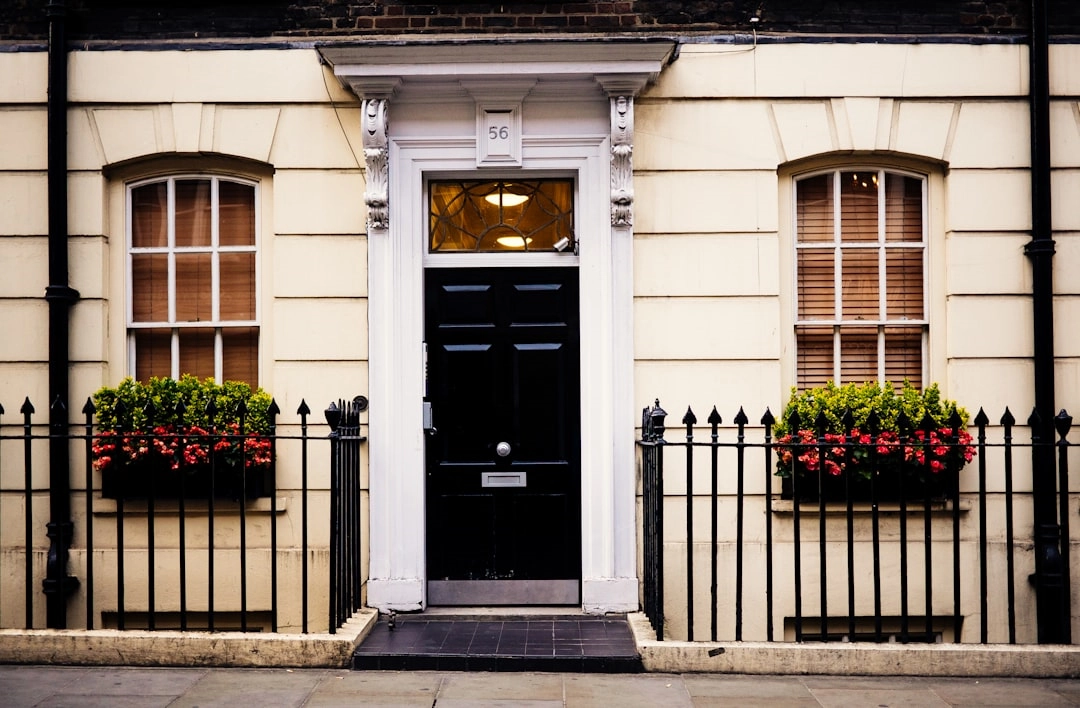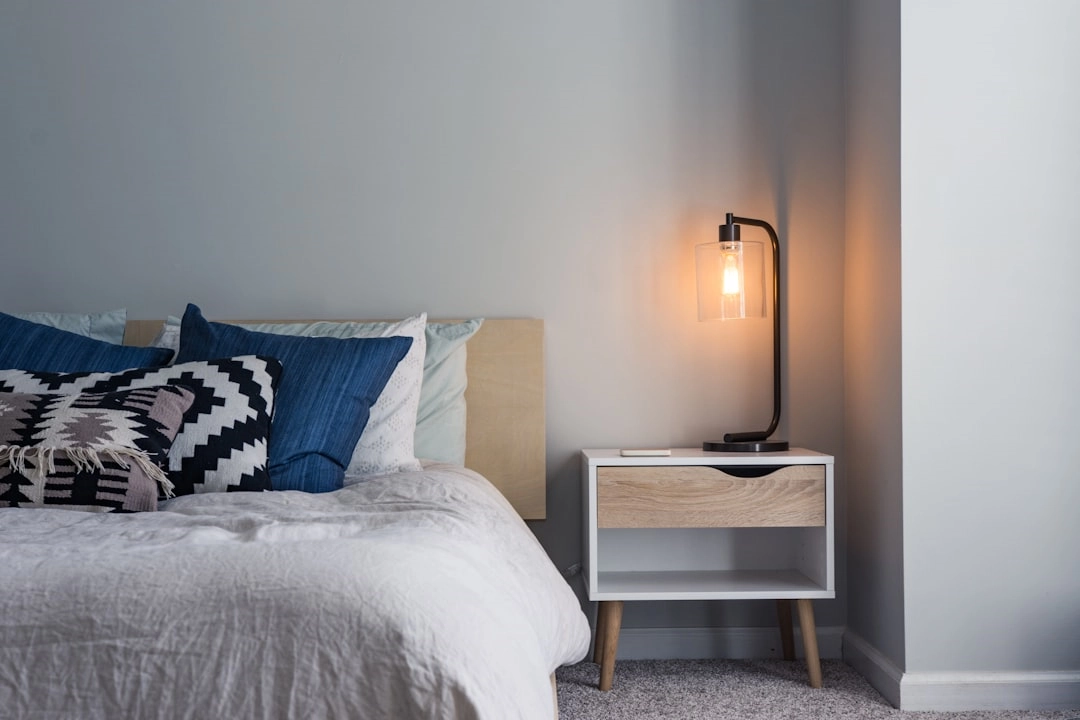
What is Eco-Friendly Home Decor?
Eco-friendly home decor is a design philosophy that focuses on creating sustainable and environmentally conscious living spaces. It involves the use of eco-friendly materials, sustainable manufacturing processes, and thoughtful design choices to minimize the negative impact on the environment. From furniture and lighting to paint and textiles, every aspect of home decor can be approached with an eco-friendly mindset.
Real-World Problems Associated with Eco-Friendly Home Decor
Despite the growing popularity of eco-friendly home decor, there are still several real-world problems that need to be addressed. These include:
1. Limited Availability of Eco-Friendly Products
One of the challenges faced by eco-conscious homeowners is the limited availability of sustainable and eco-friendly home decor products. Finding furniture made from reclaimed or recycled materials or sourcing textiles made from organic or sustainable fibers can be challenging in certain regions. The relatively small market for eco-friendly products often results in higher prices and limited options compared to conventional home decor.
2. Greenwashing and Lack of Transparency
Another problem in the eco-friendly home decor industry is greenwashing, where companies make false or exaggerated claims about the environmental benefits of their products. It can be challenging for consumers to navigate through these misleading marketing techniques and find genuinely sustainable options. There is a need for more transparency and reliable certifications to help consumers make informed choices.
3. Balancing Aesthetics and Sustainability
Achieving a balance between aesthetics and sustainability is a common struggle in eco-friendly home decor. While some eco-friendly materials may be sustainable, they may not always align with the desired design style or aesthetic preferences. Homeowners often have to make compromises or dedicate more time and effort to research and explore creative solutions that are both visually appealing and environmentally friendly.
4. Affordability and Perception of Higher Costs
Eco-friendly home decor products are often perceived as being more expensive than their conventional counterparts. While it is true that sustainable materials and manufacturing processes can contribute to higher costs, this perception can discourage some homeowners from investing in eco-friendly alternatives. However, it is important to consider the long-term benefits and cost savings associated with sustainable products, such as energy efficiency and durability.
5. Education and Awareness
A lack of education and awareness about eco-friendly home decor also presents a challenge. Many homeowners may not be aware of the environmental impact of their purchasing decisions or the range of sustainable options available. Educating consumers about the importance of eco-friendly choices and the benefits they offer can help foster a shift towards more sustainable home decor practices.

Solutions for Eco-Friendly Home Decor
Addressing the real-world problems associated with eco-friendly home decor requires collective efforts from consumers, manufacturers, and policymakers. Here are some solutions to consider:
1. Increasing Availability and Access
To overcome the limited availability of eco-friendly home decor products, there needs to be a push for increased production and accessibility. Supporting local artisans and small businesses that prioritize sustainability can lead to a wider range of options. Additionally, advocating for more sustainable practices within the home decor industry can help drive change and encourage larger manufacturers to adopt eco-friendly alternatives.
2. Promoting Transparency and Certifications
To combat greenwashing and improve consumer confidence, it is essential to promote transparency and reliable certifications. Third-party certifications, such as Forest Stewardship Council (FSC) for responsibly sourced wood, can help consumers identify genuinely eco-friendly products. Sharing information about materials, manufacturing processes, and sustainable initiatives can empower consumers to make informed choices.
3. Collaborating on Innovation
Balancing aesthetics and sustainability requires innovation and collaboration between designers, manufacturers, and consumers. By investing in research and development, new materials and design techniques can be created that meet both aesthetic preferences and environmental standards. Open dialogue and feedback between stakeholders can drive continuous improvement and push the boundaries of what is possible in eco-friendly home decor.
4. Promoting Affordability and Value
To address the perception of higher costs associated with eco-friendly home decor, it is important to communicate the long-term value and cost savings of sustainable choices. Highlighting the durability, energy efficiency, and potential health benefits of eco-friendly products can help consumers understand the overall value proposition. Additionally, exploring cost-effective alternatives, such as upcycling or repurposing existing items, can make sustainable home decor more accessible to all.
5. Raising Awareness and Education
Education and awareness play a vital role in fostering sustainable choices. By raising awareness about the environmental impacts of conventional home decor practices and promoting the benefits of eco-friendly alternatives, consumers can be empowered to make conscious decisions. Collaborating with educational institutions, organizing workshops and events, and utilizing digital platforms can help disseminate information and create a larger impact.















